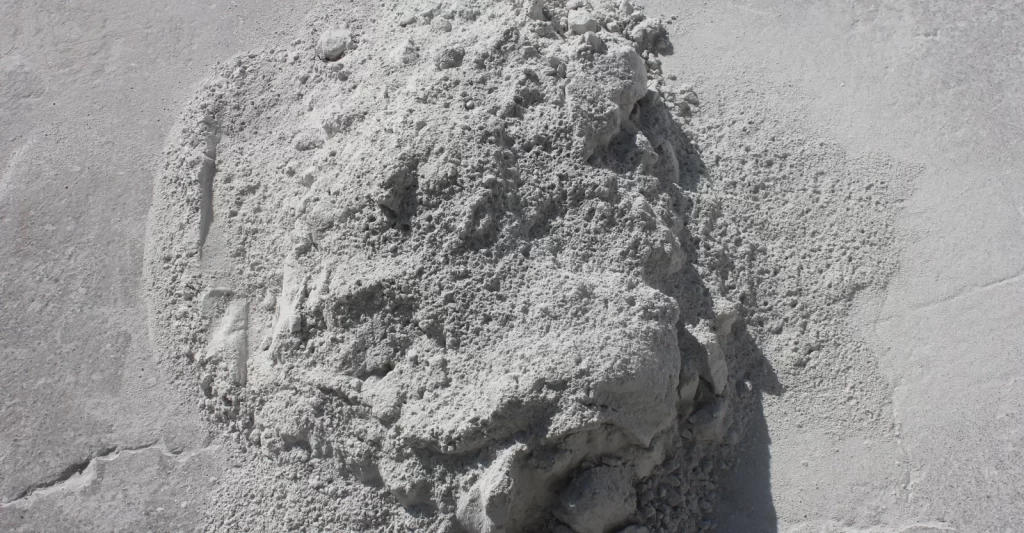Characteristics, classification and high value-added utilization of fly ash

The main sources of fly ash are thermal power plants and urban central heating boilers that use pulverized coal as fuel. More than 90% of it is wet ash. It has lower activity than dry ash. It looks like cement and its color varies from milky white to gray black. Fly ash particles have a porous honeycomb structure, a large specific surface area, and high adsorption activity. The particle size range is 0.5 to 300 μm. Moreover, the bead wall has a porous structure, with a porosity as high as 50% to 80%, and has strong water absorption.
According to the production method of fly ash, it can be divided into ordinary low calcium powder, that is, PC ash; circulating fluidized bed ash, that is, CFB ash; fluidized bed dry desulfurization ash, that is, CFB desulfurization ash.
At present, the high value-added utilization of fly ash is mainly focused on treating sewage and waste gas, extracting alumina, silicon oxide and rare metals, and synthesizing ceramic materials and zeolite molecules.
1 Application of fly ash in treating sewage and waste gas
Because fly ash has a spongy structure, high porosity, and large specific surface area, its adsorption method is physical adsorption. It has strong adsorption capacity and can adsorb arsenic, mercury, chromium, lead, and copper in industrial wastewater. It can absorb oxygen-consuming substances and suspended substances in wastewater and reduce the color of wastewater.
2 Extraction of alumina, silicon oxide and rare metals
Synthetic zeolite
Production of mullite
The process flow of producing mullite by sintering fly ash and alumina is:
Magnetic separation of fly ash to remove iron → calcination to remove carbon → fine grinding → washing with warm water and acid → filtering and drying → adding water and mixing with alumina → pressure molding → sintering
Synthetic glass material
Preparation of lightweight high-strength fly ash ceramsite
Fly ash sintered ceramsite technology is mature, consumes a large amount of ash, is energy-saving and environmentally friendly, has superior product performance, is widely used, saves investment, and has quick results. In particular, sintering can eliminate the harm to concrete caused by carbon and other harmful substances in fly ash. Maximize building safety.
3. Some suggestions for high value-added utilization of fly ash
At present, there are many research reports on the high value-added utilization of fly ash, but most of them are still in the laboratory research stage, and only a small amount has achieved industrial application. There are common problems of low utilization rate of fly ash resources and incomplete integrated development and utilization system of fly ash resources. Therefore, in the future comprehensive development and utilization of fly ash, the following points need to be paid attention to:
(1) Coordinated development among fly ash industries, thermal power plants directly carry out deep separation processes to efficiently separate hollow microspheres, iron beads and unburned carbon for subsequent preparation of high value-added products;
(2) From the perspective of circular economy development, the acid method for extracting valuable elements from fly ash has more prospects for promotion and application. This requires studying the existence forms of elements in fly ash and the dissolution rules of valuable elements in fly ash. Conduct in-depth research and grasp the trends of elements, and then develop valuable element extraction technology suitable for the acid process system to improve the high value-added utilization efficiency of fly ash;
Generally speaking, the development and application of fly ash resource integration technology will be the focus of future research, which is in line with the concept of circular economy development, the sustainable development concept advocated by the country, and more in line with the refinement and high-end use of fly ash resources. and market demand for high value-added applications.
